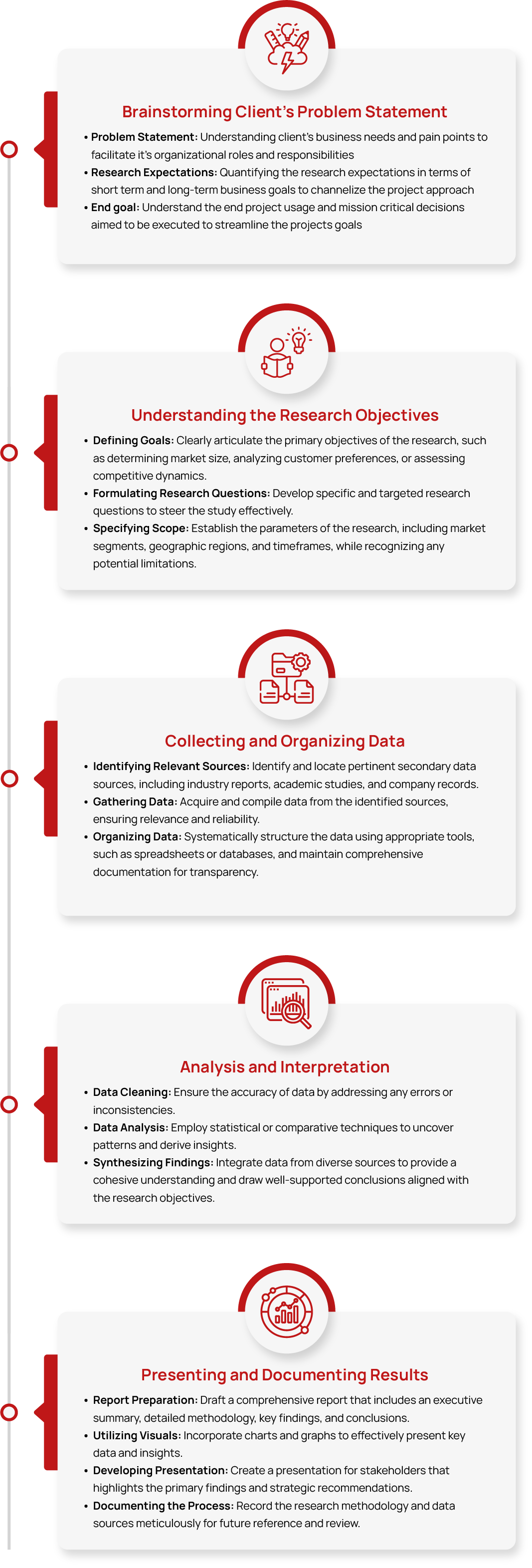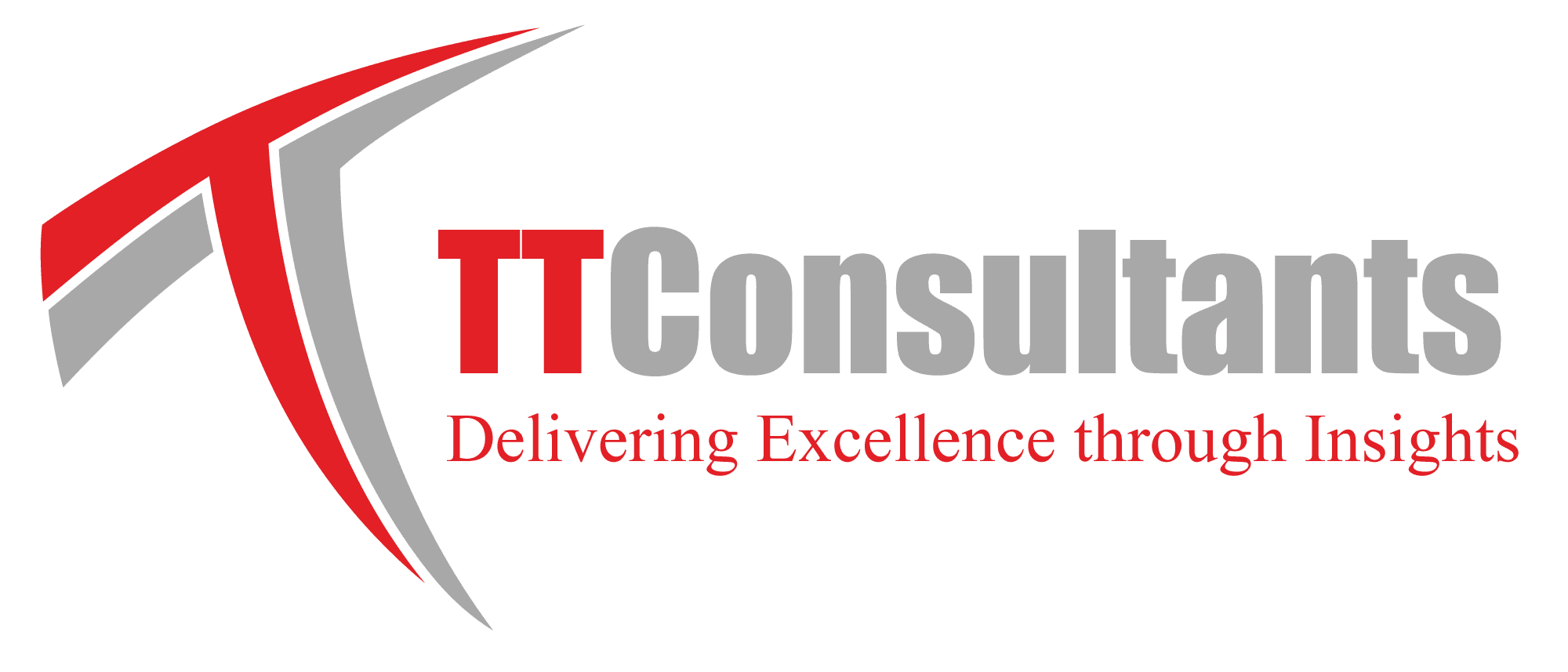Global Polyurea Market Size, Share, Growth and Trends Analysis Report, 2032
- Summary
- Market Landscape
- Methodology
- Table of Contents
Global Polyurea Market Size, Share, Growth and Trends Analysis Report, By Type (Aliphatic, Aromatic), By End-use (Construction, Transportation, Industrial, Marine, Others), By Region (North America, Europe, Asia Pacific, Latin America, MEA) and Forecasts 2024 – 2032
Polyurea is a high-performance elastomer derived from the reaction of an isocyanate component with a synthetic resin blend. Known for its exceptional durability, flexibility, and chemical resistance, it is widely used for coatings, linings, and sealants in industrial, automotive, and construction applications.
The Global Polyurea Market was valued at around USD 1 billion in 2024 and is projected to reach USD XX billion by 2032, growing at a Compound Annual Growth Rate (CAGR) of XX% during the forecast period from 2025 to 2032.
Industry Trends
Polyurea has emerged as a versatile and high-performance material due to its remarkable properties, making it increasingly popular across various industries. It is a type of elastomer that is created through the reaction of isocyanates and amines, resulting in a product known for its fast-curing time, exceptional durability, and resistance to abrasion, corrosion, and chemicals.
Polyurea’s environmentally friendly characteristics, such as being low in Volatile Organic Compounds (VOCs), make it a preferred choice in industries where regulatory compliance is crucial. It is widely used in construction, infrastructure repair, transportation, and even medical facilities, proving its versatility and adaptability to diverse applications.
The key drivers of polyurea’s expanding use can be attributed to rapid urbanization and increased infrastructure development. As cities grow, the need for long-lasting materials to repair and maintain critical infrastructure, such as bridges, tunnels, and roads, becomes more pressing.
Polyurea's ability to provide excellent protection against environmental stressors, including extreme weather, chemical exposure, and physical wear, positions it as a top choice for these applications. Moreover, the rising demand for secure and durable healthcare facilities globally has boosted polyurea's use in medical environments, where it serves as a reliable solution for waterproofing and flooring. The combination of urban expansion, infrastructure projects, and healthcare development creates an environment conducive to the material's growth.
However, the widespread adoption of polyurea faces several challenges. One of the most significant hurdles is its relatively high cost compared to alternative materials like epoxy and acrylic coatings. This price difference may deter some industries from opting for polyurea, especially when more affordable options are available that offer satisfactory performance.
Additionally, the production of polyurea involves the use of raw materials that can be toxic, raising concerns about its environmental impact and potential health risks. These factors may limit polyurea’s market penetration, particularly in cost-sensitive sectors or where environmental regulations are stringent. Despite these challenges, the ongoing focus on sustainability, infrastructure expansion, and healthcare development presents promising opportunities for polyurea in the coming years.
Industry Expert's Opinion:
- Denis Baker, Special Projects Engineer, Rhino Linings Australasia
“A corrosion barrier has to have durability and flexibility in addition to being impermeable to the wide range of agents that affect maritime structures. Pure polyurea is a relatively modern material that has been developing rapidly during the past 15 years”
TT Consultants’ Perspective
The Global Polyurea Market is growing rapidly, fueled by demand for durable, high-performance coatings across various industries. Innovations in technology are enhancing its versatility, with applications in construction, automotive, and industrial sectors. The material’s rapid curing and resistance to corrosion are key drivers. As sustainability becomes a priority, the market is poised for continued growth.
Market Segmentation
1. By Type (Aliphatic, Aromatic)
In 2024, the aromatic segment held a significant share of the polyurea market. Aromatic raw materials are valued for their excellent physical properties and ease of processing, making them a preferred choice in various applications.
However, to ensure colour stability under UV exposure, aromatic systems are often coated with aliphatic topcoats. Their flexibility makes them highly suitable for use in construction and manufacturing industries, particularly in developed regions.
The aliphatic segment is projected to witness the fastest growth in the coming years due to its superior resistance to UV radiation, making it ideal for final coating applications. While its raw materials are more expensive, placing it in a higher price range, the growing global population and favourable production conditions are expected to fuel its demand.
This balance between cost and performance is likely to shape the market dynamics, with both aromatic and aliphatic segments contributing to the overall expansion of the polyurea market.
2. By End-Use (Construction, Transportation, Industrial, Marine, Others)
The construction segment led the polyurea market in 2024, primarily due to its expanding application in residential and commercial buildings and other infrastructure projects. Polyurea is widely utilized in the construction sector for coatings, adhesives, and linings, thanks to its excellent physical properties and versatility.
Its ability to withstand harsh conditions makes it a preferred choice for various construction-related applications. The industrial segment is anticipated to grow significantly during the forecast period. When applied as a liquid coating, polyurea rapidly cures into a strong, waterproof barrier, making it ideal for protecting surfaces such as roofs, foundations, and decks.
Its effectiveness as a waterproofing material has made it essential in industrial and commercial settings to safeguard surfaces from water damage. These characteristics ensure that polyurea remains a vital solution across multiple applications.
3. By Region (North America, Europe, Asia Pacific, Latin America, Middle East Africa)
In North America, the polyurea market is expected to witness steady growth, fueled by advancements in industrial applications and the demand for durable coatings in sectors such as construction and oil and gas.
The focus on sustainable materials and strict regulatory standards also drives the adoption of polyurea in the region. The European Union showcases a growing preference for polyurea due to its compliance with environmental regulations and its use in high-performance applications.
The region’s well-established construction and automotive sectors, along with the push for eco-friendly solutions, are expected to boost demand for polyurea across Europe. Together, these regions reflect diverse but promising growth trajectories for the polyurea market globally.
The Asia-Pacific region is projected to dominate the polyurea market during the forecast period, driven by increasing demand in rapidly developing economies such as China and India. Factors such as a growing population, expanding automotive sector, and rising construction activities contribute to the region's significant growth potential. The region’s emphasis on infrastructure development further supports the widespread adoption of polyurea.
Competitive Scenario
The polyurea market includes key players such as BASF SE, Huntsman Corporation, Bayer AG, PPG Industries, Dow Chemical, Specialty Products, Inc., Versa Flex, Inc., SWD Urethane, Rhino Linings Corporation, LINE-X Protective Coatings, Covestro AG, Dorf Ketal, Elastothane, Armorthane, and SATYEN POLYMERS PVT. LTD. (TEVO).
Recent Developments and Strategic Activities:
- In August 2024, BASF and STOCKMEIER Urethanes USA, Inc. announced a partnership to offer more sustainable polyurethane playground and recreational surfacing products.
This collaboration involves the use of 100% domestically produced Biomass Balance (BMB) Lupranate® methylene diphenyl diisocyanate (MDI), marking a significant advancement in the surfacing industry. The move supports both companies' commitment to sustainability and environmental stewardship by using renewable feedstock-based MDI. - In October 2024, Abu Dhabi National Oil Company (ADNOC) made a significant move in the global chemical sector by announcing its decision to acquire Covestro AG, a prominent producer of polyurethane and polycarbonate raw materials, for a deal valued at €14.7 billion.
This acquisition marks a major expansion into the chemicals and materials industry for ADNOC, traditionally known for its focus on oil and gas operations.

Please fill out the form to request the ToC and gain access to detailed insights in the report.
Request Table of Contents







